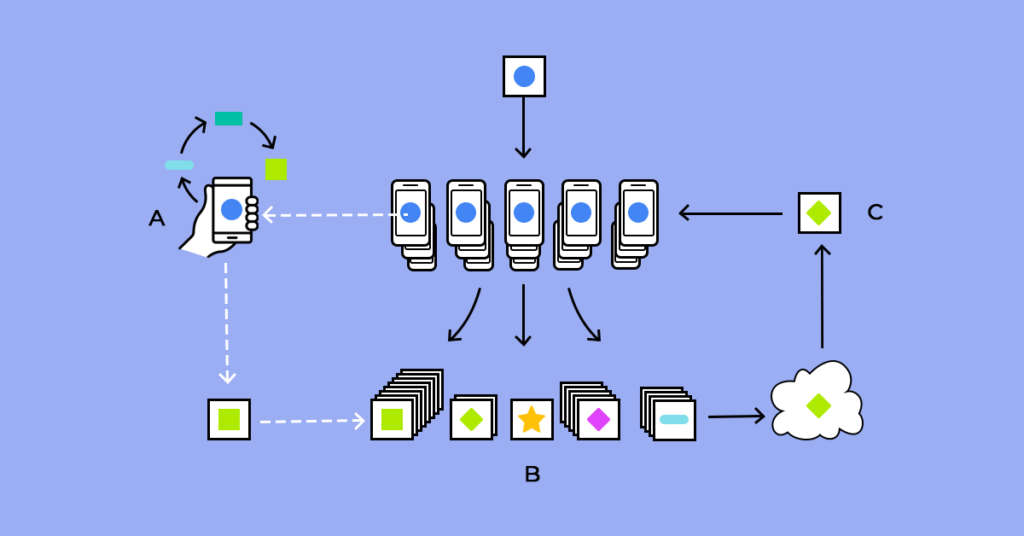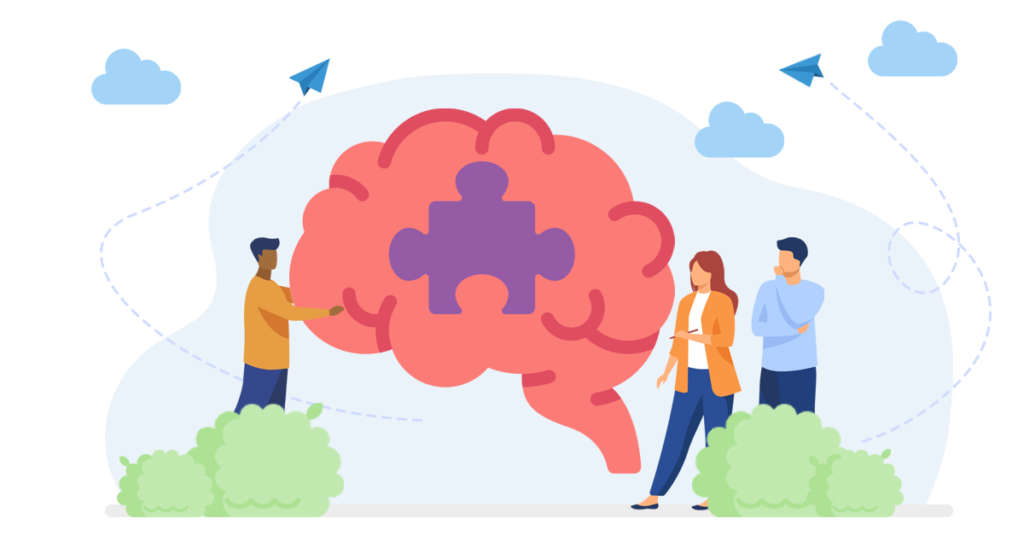
What Is Federated Learning: A Beginner's Guide to Decentralized Machine Learning
Machine learning (ML) is responsible for transforming how humans interact with machines. Today, ML powers smart technologies in healthcare, finance, retail, manufacturing, and many other sectors.
Since it helps cut down costs, boost revenue, and automate operations, the adoption of ML is exploding. The global market for ML is expected to expand at 42.08% during 2018-2024.
The development of data tech and ML has helped achieve inconceivable heights of intelligence. One such interesting development in ML is federated learning or decentralized ML. This is especially helpful to allay concerns related to privacy.
In this beginner’s guide, let’s discuss the basics of federated learning.
What is federated learning?
Federated learning is simply a decentralized form of ML.
Born at the intersection of artificial intelligence (AI), blockchain, and IoT, federated learning helps tackle concerns about data privacy by training models on the user device itself instead of sending it to a centralized server.
Federated learning, thus, is an ML technique that involves training algorithms using several decentralized edge devices that carry local data samples without sharing them.
How does federated learning work?
Federated learning enables remote devices to collaborate to train ML models. These devices collaboratively learn a shared prediction model while keeping the training data on the device itself.
Here is how federated learning works – the remote device downloads the ML model, improves it by learning from local data from the device, and then summarizes the changes as a small focused update.
Then this updated model is shared on the cloud instead of the original training data in an encrypted form. After receiving many such encrypted data packets, the centralized server averages them to improve the shared model.
In the end, no individual updates are stored in the cloud and your data remains on your device.
The figure below does a great job of explaining how federated learning works –

How is it different from centralized machine learning?
Traditional ML approaches involve centralizing the training data in a single machine or a data center. Federated learning is different from centralized learning since in conventional centralized ML methods, all local datasets are submitted to a single central server.
Centralized ML involves data being stored at a central location or a data server where the biggest issue is that it raises security concerns. Storing user data in a central location not only leads to privacy violations but also poses the risk of a data breach.

What are the benefits of federated learning?
Here are some key benefits of federated learning –
- It allows devices to learn a shared prediction model collaboratively while maintaining the training data on the computer instead of uploading and storing it on a central server.
- It is super helpful for devices like smartphones and laptops in organizations like hospitals and banks where there are stringent privacy regulations.
- It offers a significant security advantage by keeping personal data local.
- It makes real-time prediction possible since the data is being processed in the local device itself.
- It can work even without the internet since the models are stored on the device.
- It reduces the amount of hardware equipment needed. So what is available on the remote device is often sufficient.
- It allows for smarter models that have lower latency than traditional ML models.
- It allows for lower power consumption.
- It allows better personalization on the device.
Top uses cases

Here are some of the key use cases for federated learning –
- In the healthcare industry, federated learning has immense potential since there are stringent regulations like HIPAA in place. So healthcare institutions can train the same algorithm in their in-house data pool.
- In the fintech industry, federated learning can be crucial in the preservation of data as well as cutting down the time and cost of collecting and transferring data across networks.
- In the insurance sector, insurance companies handle a considerable amount of data. Using federated learning, insurance companies can track and prevent fraudulent or wrongful activities without violating data privacy laws.
- Federated learning has great potential in IoT devices since it allows on-device ML without transferring a user’s private data to a central cloud. So it can enable personalization in IoT devices without compromising privacy.
- Google utilizes federated learning in its smartphones and its apps like Google keyboard.
- It also works for blockchain technology where it updates the model while keeping the organization’s privacy preserved.
- Federated learning also has applications in self-driving connected cars.
What are the challenges associated?
One of the biggest challenges in federated learning is connectivity because data collected on each system stays local.
To minimize the total number of communication rounds, we need to develop communication-efficient methods.
Federated learning solutions must also take into consideration low levels of user engagement since only a limited fraction of devices operate at any given time.

Conclusion
Federated learning is proving to be an exciting evolution of ML that can alleviate concerns regarding data privacy. Not only does it secure user-sensitive information but also aggregates patterns from a lot of users thus making the model more robust.
Since federated learning is still in its early stages, it faces numerous challenges with its design and deployment.
We’ll keep an eye on how things evolve over the next few years. We are going to see a plethora of new applications that would leverage federated learning and enhance user experience in a way that was not possible before.
If you enjoyed reading it, you can check out these other articles as well –

